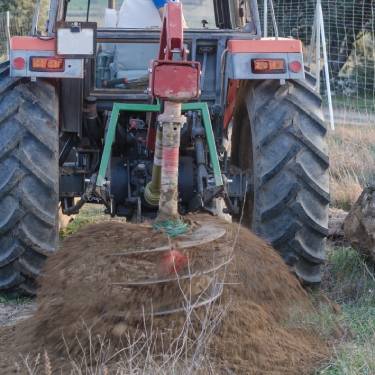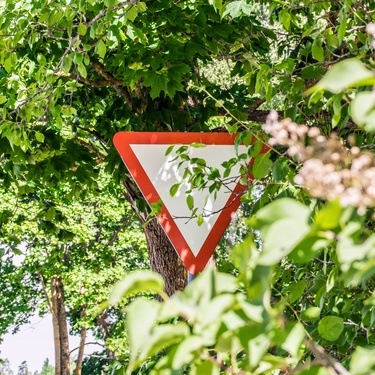
Augers are essential tools for many farming operations, from transferring grain to digging post holes. Proper maintenance keeps them running smoothly, reduces downtime, and ensures peak performance during demanding projects. Use some of these actionable tips to get the most out of your augers and support your farm's success.
Regularly Inspect for Wear and Tear
Regularly inspecting for wear and tear is one of many great auger maintenance tips for successful farm projects like foundation work or post digging. Look for common issues such as cracks, bent components, or signs of rust, especially on the flighting and bearings, as these parts experience the most stress. Early detection of minor damage helps you avoid costly repairs and keeps the equipment ready for use.
Create a schedule for inspections that aligns with your farm’s workflow. Staying consistent allows you to troubleshoot common auger drilling problems before they escalate into larger, more expensive ones, keeping your equipment reliable and your projects on track.
Clean Augers After Every Use
Cleaning augers after each use removes debris that could compromise performance or lead to rust over time. Grain dust, dirt, and moisture left on the auger create perfect conditions for corrosion, which weakens the equipment and shortens its lifespan. Use brushes, compressed air, or mild cleaning solutions to eliminate buildup effectively.
Incorporating auger maintenance tips for successful farm projects, such as cleaning after every use, improves performance and reduces the risk of breakdowns. Properly cleaned augers handle grain or soil more efficiently and save time by preventing blockages. Consistent cleaning keeps your equipment ready for the next job and helps avoid interruptions.
Adjust Flighting To Prevent Grain Damage
Misaligned or worn flighting can damage grain during handling, resulting in unnecessary waste. Check the flighting regularly to ensure it remains in the proper position and replace it when signs of wear appear. Precision adjustments improve handling efficiency, reduce losses, and protect your harvest's quality.
Farmers who prioritize flighting adjustments benefit from smoother operations and better results during projects like grain transfers or material movement. Prioritizing flighting adjustments improves the auger’s functionality and minimizes risks linked to damaged materials.
Store Augers Properly When Not in Use
Storing augers correctly protects them from damage caused by exposure to harsh weather or improper handling. Keep augers in a dry, covered area, and use protective covers or racks to shield them from dust and moisture. Proper storage also minimizes wear on parts and extends the equipment’s operational life.
Improper storage leads to unnecessary repairs or replacements, impacting both efficiency and budget. Prioritize safe storage practices to maintain equipment quality and ensure it’s ready to perform when needed.
Calibrate Auger Speed for Specific Tasks
Different tasks require different auger speeds. For example, grain transfer may need a slower, steady speed, while soil or material movement might benefit from faster operation. Adjusting the speed according to the job prevents blockages, enhances efficiency, and protects both the auger and the materials being handled.
Fine-tuning auger speed allows you to adapt to your farm’s unique needs. Consult the manufacturer’s recommendations for ideal speed settings, and test adjustments to find what works best for your specific tasks. Proper calibration improves performance and maximizes productivity during every project.
Bio: Casey is a passionate copyeditor highly motivated to provide compelling SEO content in the digital marketing space. Her expertise includes a vast range of industries from highly technical, consumer, and lifestyle-based, with an emphasis on attention to detail and readability.





















